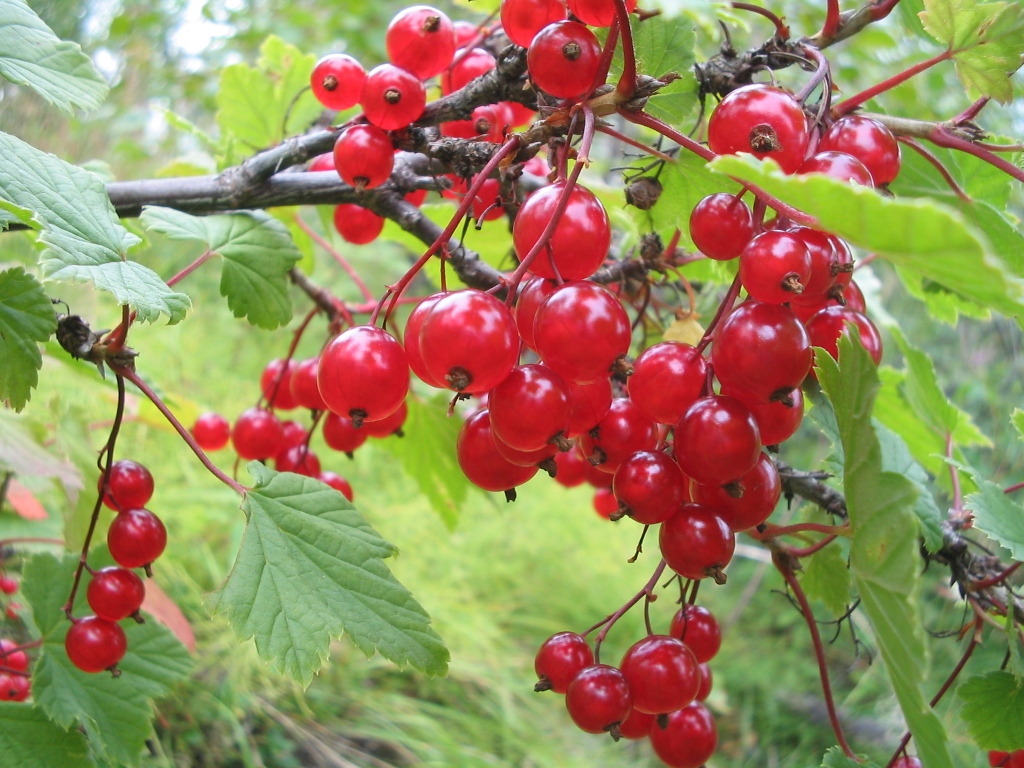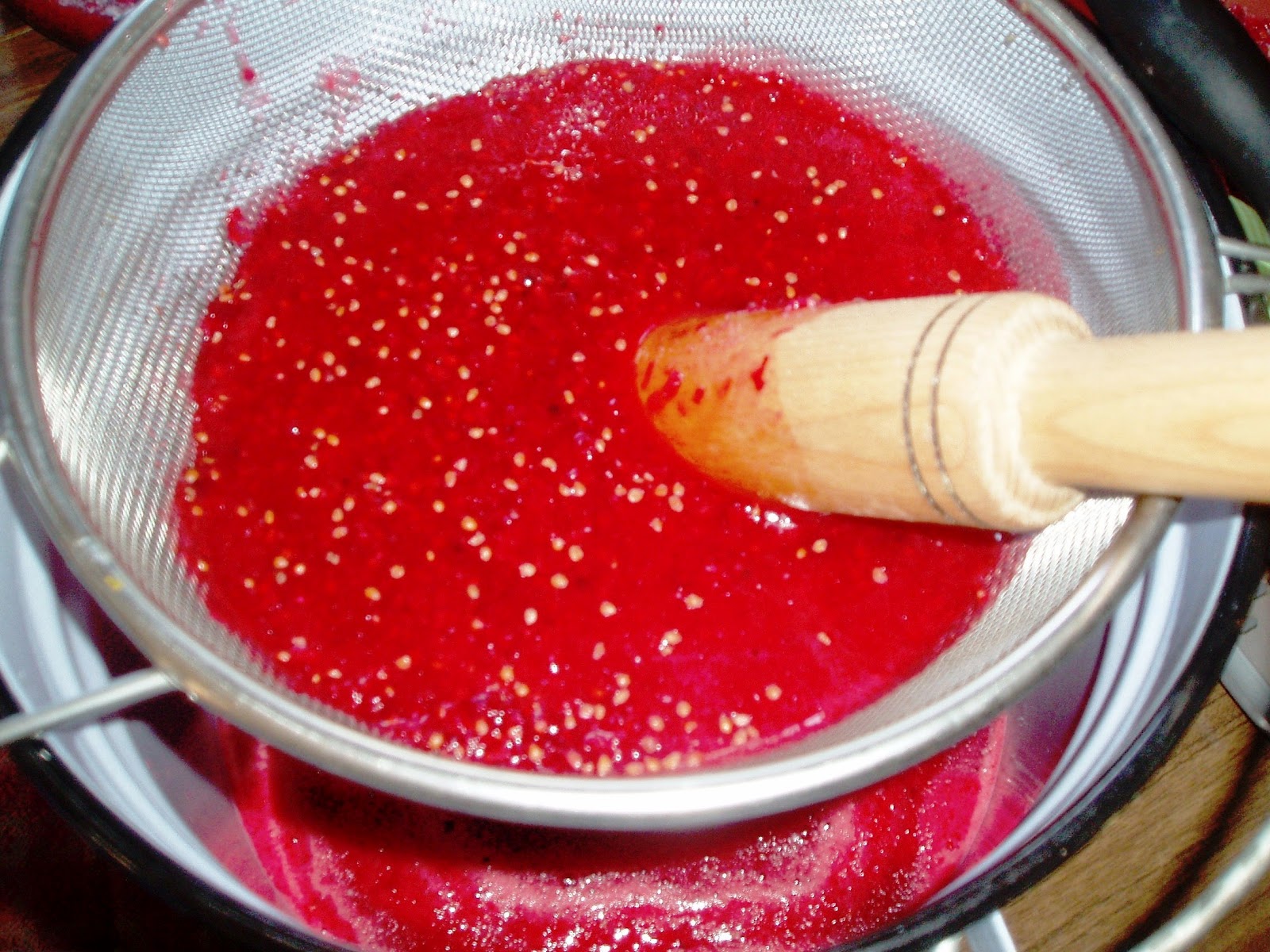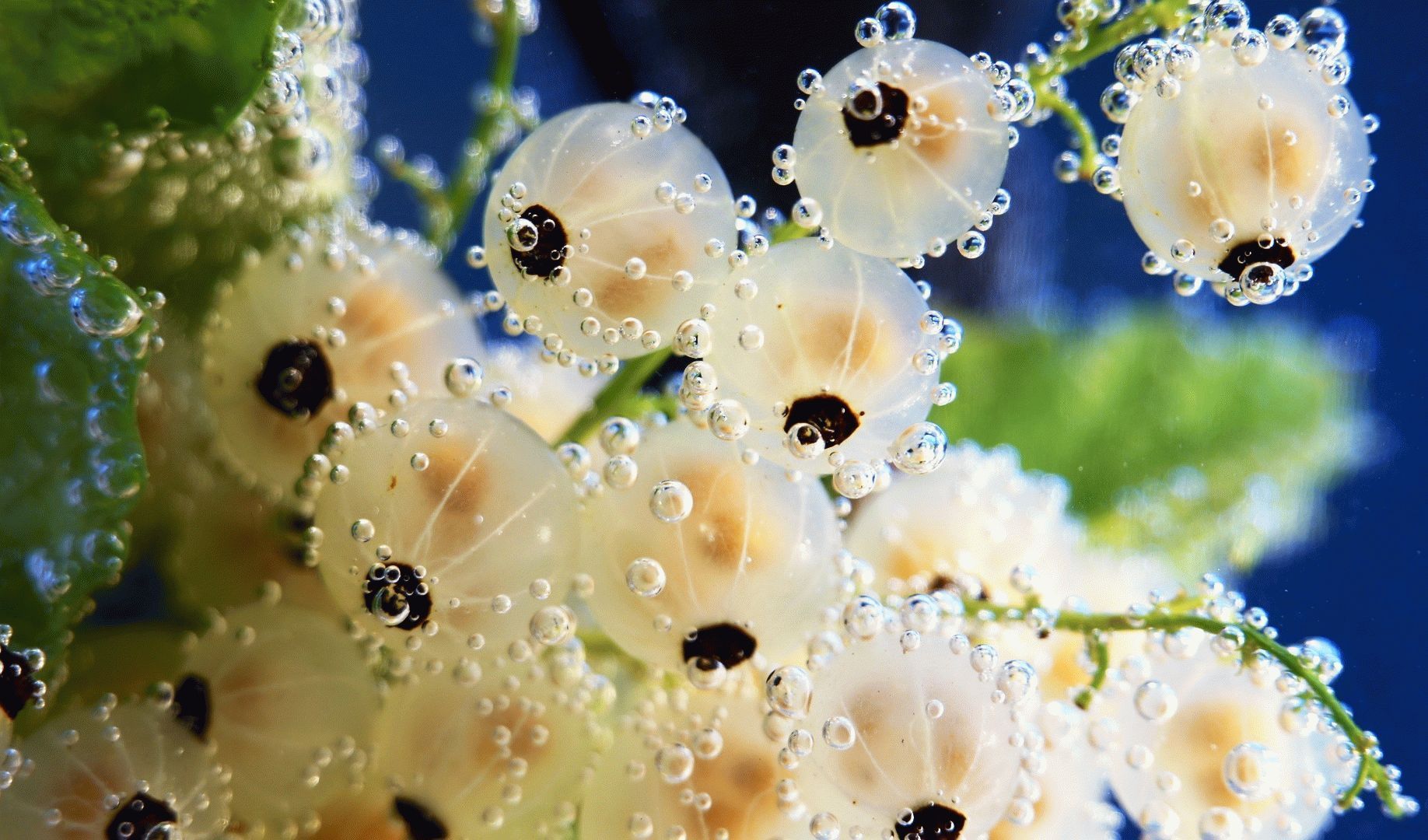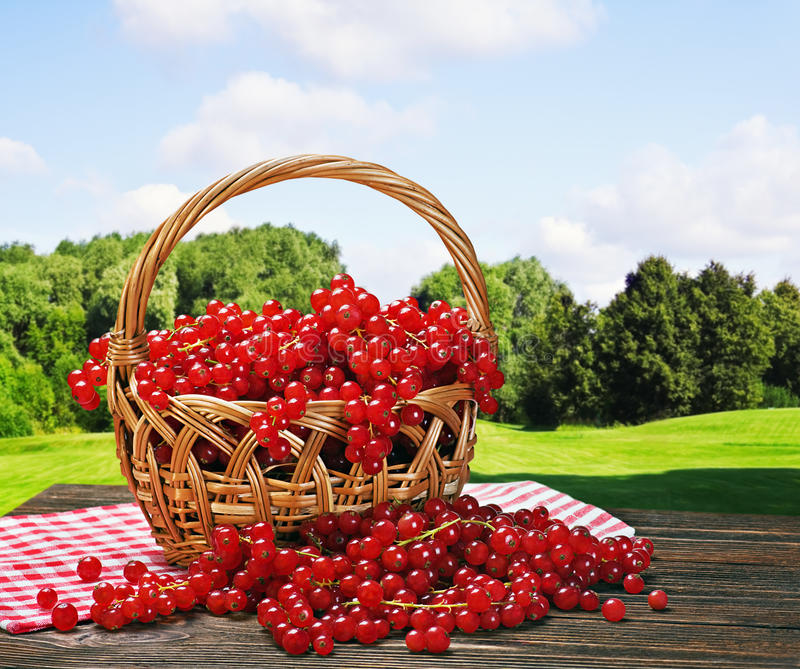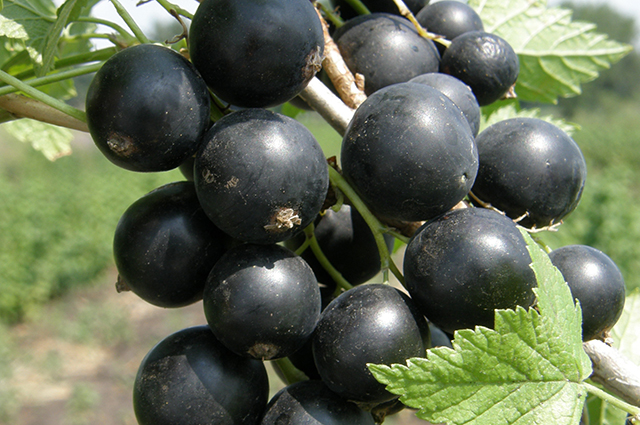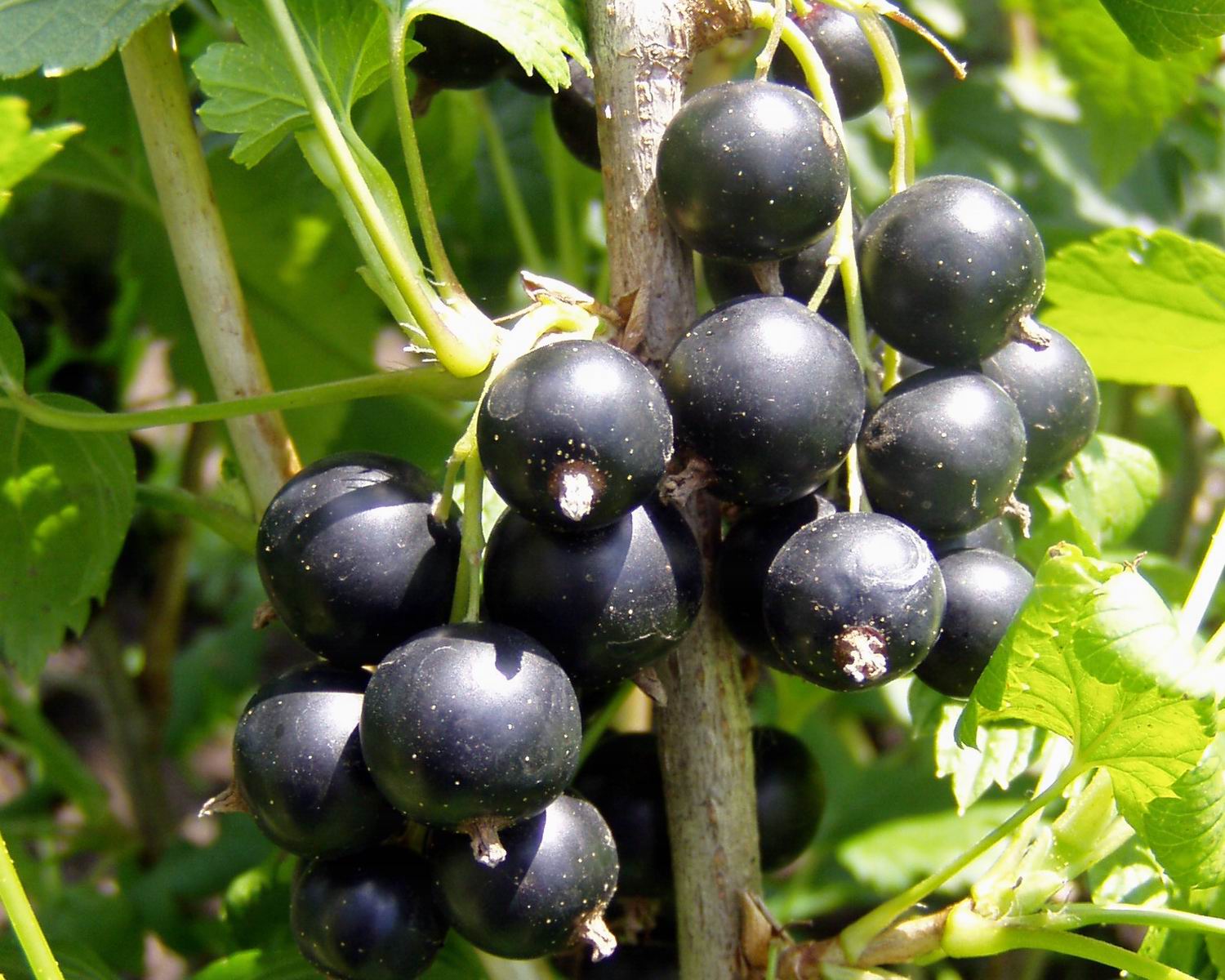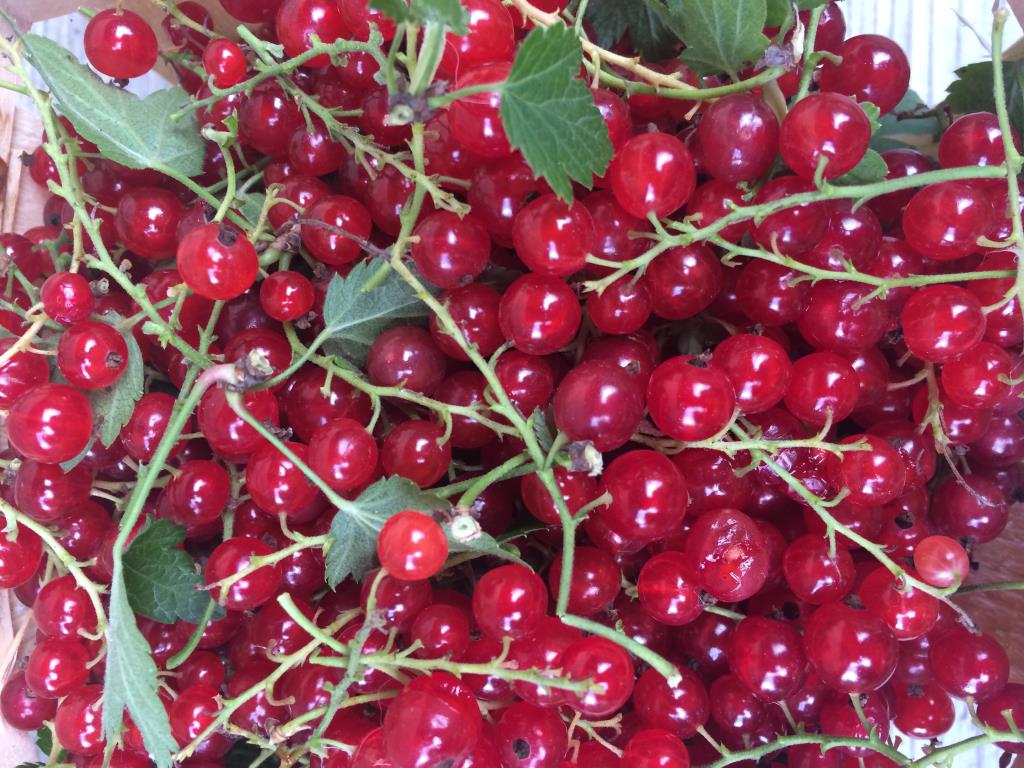Content:
Currants are valued among gardeners and gardeners not only for their useful qualities, but also for their ease of care. There are a lot of varieties of currants, one of the most common and popular options for our area is the Dutch pink currant.
About history
Dutch red currant, which is described in many reference books, belongs to the ancient Western European varieties. True, the history of the appearance of this species is not fully known. It is well known that the plant came to our country from Holland. And where the currants were brought to Holland is not clear. Some argue that the variety originated in the Netherlands. It is only known that it is a direct descendant of the common currant. Due to its taste and ease of care, the bush has gained popularity among summer residents.
Description
The description of the Dutch rose currant is not much different from other red and white varieties of this plant. Refers to varieties with a medium-late ripening period. The height of the bush is medium (approximately about 1.5 m), not too spreading and not muffled. This feature allows the berries to ripen together. As numerous studies have shown, the bush is well suited for growing in almost all regions.
Another major difference is the large size of the berries. The weight of an individual berry is 0.9-1.1 g. If you provide proper care, you can even find berries weighing up to 25 grams.
Unlike other varieties, the fruit has a very thin skin, but very small seeds.
The Dutch rose currant belongs to the most productive varieties - from one bush, subject to the rules of agricultural technology, you can collect from 4.5 to 9 kg of berries. Up to 15 flowers are located on one cluster, from which berries develop. In beauty, during the flowering of the bush, the currant is probably second only to a rose.
The fruits of the Dutch pink currant have a pleasant aroma, pale pinkish color and sweet taste. Each berry is rounded.
Valuable properties of the berry
It is not surprising that the berries of red or pink currants are very much appreciated by people, because they contain a huge amount of trace elements and vitamins that are so useful for the human body.
Currant berry composition
| Trace element or vitamin | Amount in 100 grams, mg | What is useful for a person |
|---|---|---|
| Potassium | 275 | Favorably affects the work of the heart |
| Calcium | 36 | Responsible for strengthening human bone mass |
| Phosphorus | 33 | Responsible for strengthening tooth enamel, and also takes an active part in the metabolic processes of the body |
| Retinol (vitamin A) | 33 | Excellent antioxidant |
| Vitamin | 25 | Responsible for strengthening the immune system |
This is not a complete list of trace elements and vitamins that are in the berry. For example, there are pectins available, which are responsible for removing harmful salts of heavy metals from the body.
Growing features
Currant of any variety belongs to plants that are not too demanding. To get a good harvest of berries, you will need to perform a number of simple measures in relation to the currant bush.
Planting currants
Dutch red currant, a description of which would not be complete without listing the features of cultivation, prefers sandy loam and loamy soils, but it will also grow well on soils of a different composition, bringing crops to its owner. Unlike black, pink and red currants, they are less demanding on moisture, but they need more light for a tasty harvest.
Plant propagation can be done in various ways:
- dividing the bush;
- layering;
- by cuttings.
The latter option is less effective for growing this variety of currants. Planting is carried out in one of two periods: early spring or September. The seedling hole must be prepared in advance so that the soil settles. The soil at the bottom is carefully compacted. The hole should be at least 40 cm deep with a diameter of 0.5 m. When planting, a distance between the bushes of about 1.5 meters is maintained. The seedlings should be carefully trimmed so that no more than 10-15 cm remains above the ground, on which only 3-4 buds are placed. After planting, mulching is required.
Bush care
As already noted, currants, and especially pink ones, are unpretentious to care for. The bushes take root very quickly on various soils and soon enough begin to give a full harvest. In order not to reduce the yield, it is important not to let the growth process take its course.
Experienced gardeners recommend certain activities:
- The near-stem section of the soil needs to be loosened regularly, but this should be done carefully so as not to break the ground. Then mulching is recommended after a few days. It is carried out with manure, straw, sawdust or similar materials;
- For successful plant growth, regular feeding is required. It is best to use organic compounds as fertilizer. It is recommended to spray the foliage with solutions rich in various trace elements. Such procedures are carried out in several stages: during the flowering period and the formation of the ovary. Spraying significantly reduces the level of crumbling. For the winter, a bucket of well-ripened manure is placed under each bush;
- During the period when the currants bloom and bear fruit, you should monitor the humidity. If necessary, the bushes should be watered. Watering is repeated after the crop has already been harvested to prepare the bush for winter. This will help the plant gain strength and endure the winter frosts with minimal losses.
Spraying the bush with a solution of potassium permanganate in early spring will help to make the fruits larger.
Pruning shoots
To get a good harvest, regular pruning of the bushes is required. This will help to avoid thickening, as well as rid the plant of non-fruiting branches. It is recommended to prune in early spring (sap flow has not yet begun) or in autumn. Fruit buds form on branches that are more than a year old and are located at the base of the branches. Since thickening of red currants, especially of the Dutch pink variety, is less observed than when growing black currants, pruning is also much less frequent.
With a certain frequency, zero shoots are removed, the first 5-6 years, the procedure is carried out occasionally, and then every year. It is imperative to remove branches that are infected with pests, diseases or have dried up, even before flowering.
A feature of red currants is the formation of fruit cuts in the upper part of the branches, therefore, after 2-3 years, it is prohibited to remove the ends of the branches. When pruning young branches, remove the tops and leave only 3-4 buds.
Every year, it is necessary to remove old branches from each bush, as well as those affected by diseases and the weakest. To avoid thickening the bush, all root shoots should be cut off annually.
Harvesting
As already noted, the plant has a high yield and belongs to mid-season varieties. The berries ripen in the month of July. Stored in good condition until September. If you regularly monitor the condition of the bushes, carry out top dressing, weeding and timely watering, then from one plant you can get up to 9 kg of berries.
Disease resistance
The first signs of the disease will be the appearance of brown spots on the leaves. Spores of this fungus tolerate winter frosts well, remaining on the leaves, and then spread further with water in spring.
The most unstable pink currant to such a pest as gall aphid. The insect infects the plant in colonies, each pest is approximately 2.2 mm in diameter. The affected area looks like a yellow, red, or dark cherry blossom. Such tubercles are called galls. The best fight against this disease is prevention.
Therefore, the following activities should be performed:
- weeding with careful weed removal;
- if damage appears, such shoots should be removed;
- in the spring the bushes are poured with boiling water.
If the defeat has already occurred, then you can cope with the pest by treating the bushes with Fitoverma solution. Experienced gardeners often use folk remedies. To prepare it, you will need to mix baking soda and soda ash in equal proportions. Three spoons of this composition are diluted in a bucket (10 liters) of water. Spraying of the plant is carried out from the underside of the leaf.
Advantages and disadvantages
Among the main advantages of the Dutch pink currant variety are:
- High productivity;
- Large reddish berries, but very sweet;
- Bushes of medium height have not too spreading branches and a low degree of density, which helps the crop to ripen together;
- High resistance to frost, heat and drought;
- Low probability of being affected by diseases and pests;
- Excellent gelling properties;
- Thanks to their excellent taste, the berries are among the best dessert varieties.
But nothing is perfect or flawless.
So, this variety of currants has a number of points that can be attributed to negative ones:
- The plant grows relatively slowly;
- The first full crop can be obtained in a few years.
Dutch pink currant is a plant that not only gives an excellent harvest, is unpretentious in care, but also grows well in any conditions. Therefore, many summer residents prefer to have just this kind of plant.

